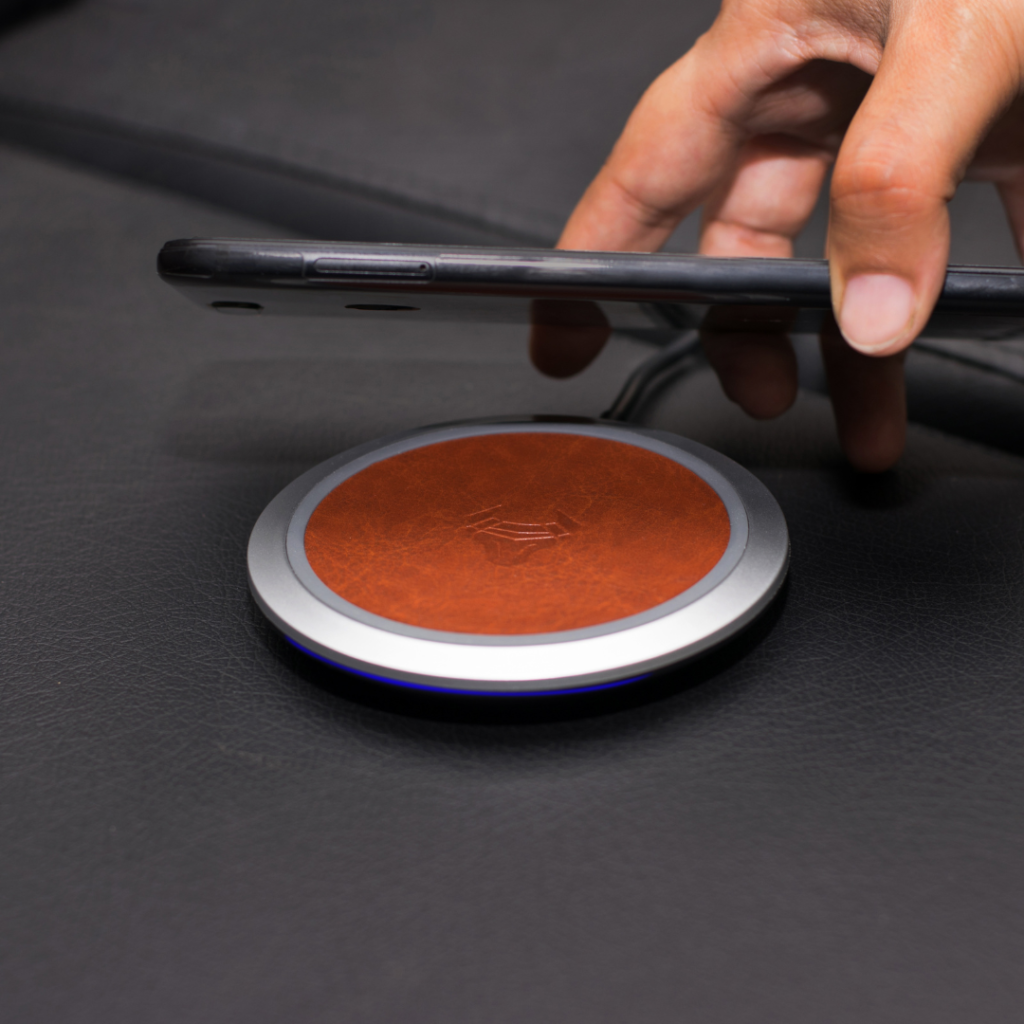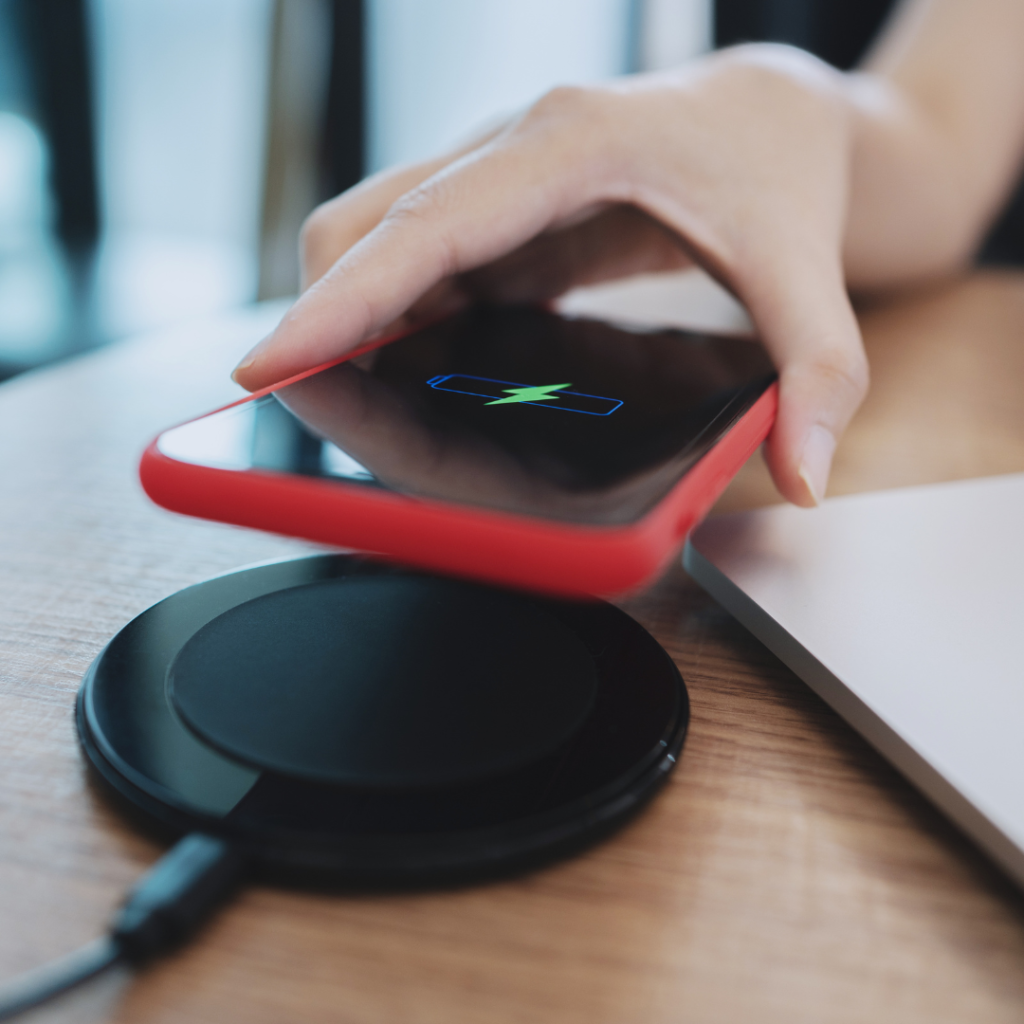The World of Wireless Chargers: Convenience and Limitations
Wireless Chargers: The Future of Charging Technology
Wireless chargers have revolutionized the way we power up our devices. By eliminating the need for tangled cables and connectors, they offer a seamless and clutter-free charging experience. But how do they work, and what are their pros and cons? Let’s dive into the details.
What Are Wireless Chargers?
Wireless chargers, also known as inductive chargers, utilize electromagnetic fields to transfer energy from the charging pad to the device. This technology enables users to charge smartphones, smartwatches, and other gadgets simply by placing them on a charging pad or stand.

How Wireless Chargers Work
Wireless chargers operate on the principle of electromagnetic induction. Here’s a simple breakdown:
- Charging Pad: Contains a coil connected to an electrical current.
- Magnetic Field Generation: When powered, the coil creates an oscillating magnetic field.
- Device Receiver Coil: Your device has a built-in coil that receives the magnetic field.
- Energy Conversion: The magnetic energy is converted into direct current (DC) to charge the battery.
Most wireless chargers follow the Qi standard, ensuring compatibility across major smartphone brands.
Benefits of Wireless Chargers
| Feature | Benefit |
|---|---|
| Convenience | No need to plug and unplug cables—just place your device on the charger. |
| Clutter-Free | Eliminates messy cables, making your workspace tidy. |
| Universal Compatibility | Many devices support Qi wireless charging, allowing one charger for multiple gadgets. |
| Reduced Wear & Tear | No physical connectors reduce port damage over time. |
| Future-Proof Technology | Advancements in charging speed and efficiency make it a forward-looking investment. |

Limitations of Wireless Chargers
| Limitation | Description |
|---|---|
| Slower Charging Speed | Generally slower than wired charging due to energy loss. |
| Precise Alignment Required | Devices must be correctly positioned for effective charging. |
| Heat Generation | Wireless charging can produce excess heat, potentially affecting battery health. |
| Device Compatibility | Some older models require additional accessories to support wireless charging. |
Tips for Effective Wireless Charging
✅ Use a high-quality Qi-certified charger to ensure safety and efficiency. ✅ Keep your device aligned with the charging pad to avoid interruptions. ✅ Avoid charging your device with a thick case, as it may block power transfer. ✅ Place the charger on a flat, stable surface for optimal performance. ✅ Clean the charging pad regularly to prevent dust buildup that may interfere with charging.
Final Thoughts
Wire-less chargers provide a hassle-free and modern approach to powering up your devices. While they come with certain limitations, continuous improvements in technology promise faster speeds and greater efficiency. Whether you’re looking to reduce cable clutter or future-proof your charging setup, wire-less chargers are a smart and convenient choice.
Shop Now
Also read about,











